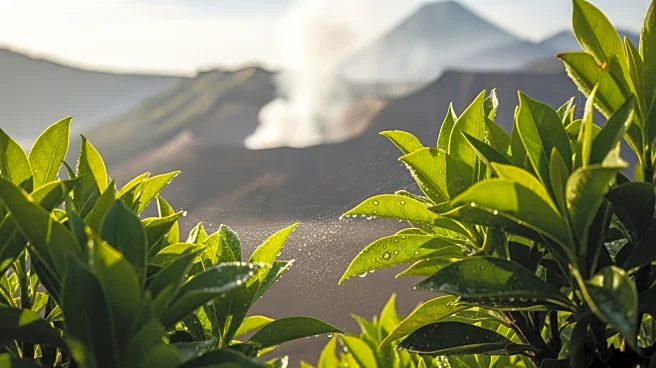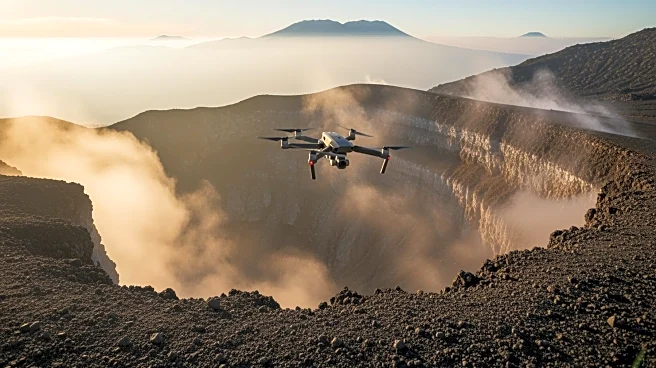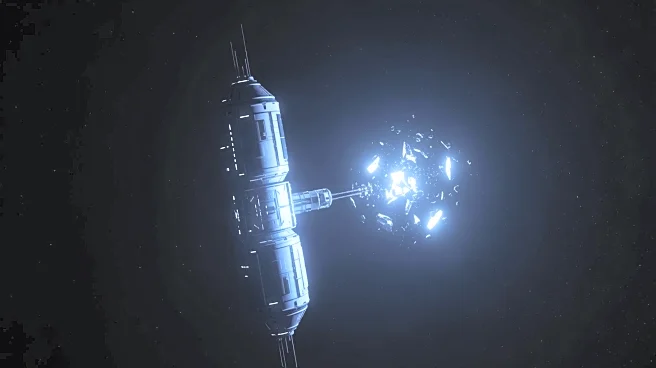What's Happening?
NASA has initiated the CRATER project, a collaborative effort involving the University of Costa Rica, Chapman University, and Black Swift Technologies. The project aims to study volcanic emissions and their
effects on global vegetation. In the summer of 2025, a team of scientists and engineers gathered at Rincon de la Vieja National Park in Costa Rica to test the feasibility of using uncrewed aerial systems (UAS) for data collection. The project focuses on understanding how rising levels of carbon dioxide, emitted from volcanic activity, will impact vegetation worldwide.
Why It's Important?
The CRATER project is significant as it addresses the broader implications of volcanic emissions on climate change and ecosystem health. By understanding the impact of carbon dioxide on vegetation, scientists can better predict changes in global ecosystems and develop strategies to mitigate adverse effects. This research could inform policy decisions related to environmental conservation and climate change adaptation, benefiting both ecological and human communities.
What's Next?
The next steps for the CRATER project involve analyzing the data collected from the UAS to refine models predicting vegetation response to volcanic emissions. The collaboration between NASA and its partners may lead to further studies and technological advancements in environmental monitoring. Stakeholders, including environmental agencies and policymakers, are likely to use these findings to enhance climate resilience strategies.
Beyond the Headlines
The CRATER project highlights the intersection of technology and environmental science, showcasing how innovative approaches can address complex ecological challenges. The use of UAS for data collection represents a shift towards more efficient and less intrusive research methods, potentially setting a precedent for future environmental studies.












